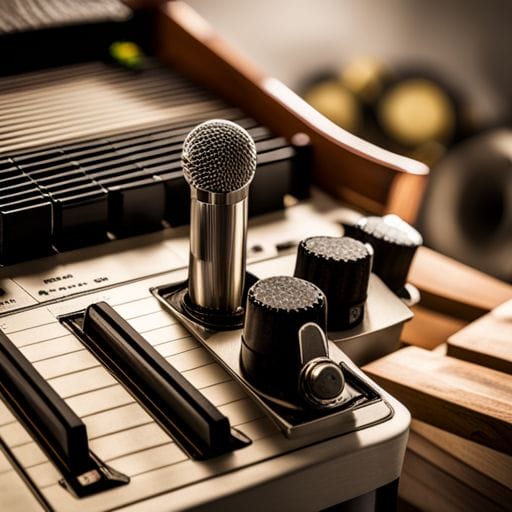Building Tension With Reverb and Delay Effects

How can I use delay effects to create suspenseful moments in my songs?
In the world of music production, sound is everything. The techniques and effects used play a huge role in defining the emotion and vibe of a track. Among the many tools at a producer’s disposal are reverb and delay effects. These can be utilized to add depth and dimension to your music, but also serve the purpose of building tension in your compositions.
Understanding Reverb and Delay Effects
Before we dive into how these effects can be used to build tension, it is important to have a clear understanding of what they are in the first place.
Reverb
Short for ‘reverberation’, reverb is a naturally occurring phenomenon that you hear every day. In essence, it’s the echo of a sound after its source stops producing waves. In music production, reverb is used to create a sense of depth and space in a mix, allowing instruments to blend together smoothly.
Delay
Delay, on the other hand, is the process of copying a sound and playing the duplicate back after a set period of time. Multiple repetitions or ‘echoes’ can be set to occur. Delay can be utilized to give a feeling of width and space to a sound, or to add a rhythmic character to a part.
Building Tension with Reverb
Reverb can be a potent tool when building tension in a track. Increments in reverb over time can lead to a more intense and complex sound, which heightens anticipation and leads to a more dynamic drop or change in the song.
Sound Distance
Reverb can be used to give the illusion of distance. By adding reverb to an instrument or vocal, you create the perception that it is further away, enhancing the spatialization of sound. Gradually reducing the reverb again provides a sensation of the sound moving towards the listener, creating anticipation.
Creating Tension with Delay
Delay can be equally effective in building tension. A well-utilized delay can add anticipation and suspense, especially when used alongside elements like rhythmic devices and variation.
Rhythmic Tension
Delay can be used to create a rhythm that is slightly off-beat, which disrupts the musical flow and adds to the tension. This technique can be most effective when used sparingly to create a jarring effect, setting up for a satisfying resolution later on.
Frequency Variation
Altering the frequency of the delayed signal can also add tension. You might steadily increase the pitch of the echoed sound, creating an effect akin to someone climbing a staircase. The tension builds with each step, until finally reaching the original pitch, thus resolving the tension.
In conclusion, reverb and delay are powerful tools for adding tension to your tracks. With a careful understanding and manipulation of these effects, alongside a strong musical concept, you can create moments of suspense and surprise that will keep listeners hooked from beginning to end.
